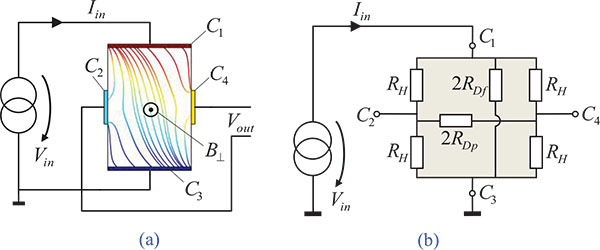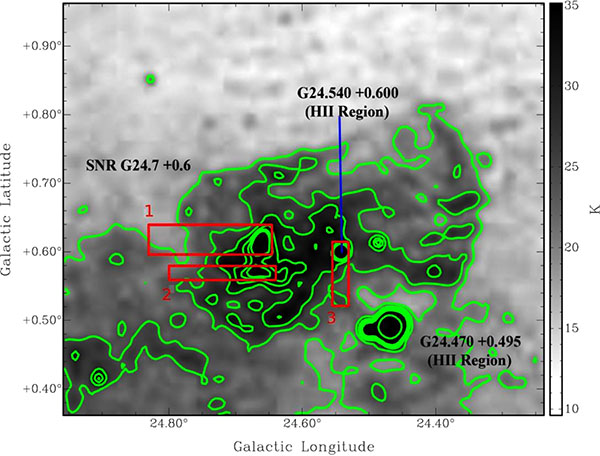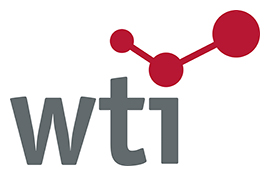RESEARCH ARTICLE
Double Logarithms Resummation in Exclusive Processes: The Surprising Behavior of DVCS§
T. Altinoluk1, *, B. Pire2, L. Szymanowski3, S. Wallon44
Article Information
Identifiers and Pagination:
Year: 2014Volume: 1
Issue: Suppl 1: M2
First Page: 28
Last Page: 32
Publisher Id: PHY-1-28
DOI: 10.2174/1874843001401010028
Article History:
Received Date: 15/6/2013Revision Received Date: 27/9/2013
Acceptance Date: 25/8/2013
Electronic publication date: 31/12/2014
Collection year: 2014
open-access license: This is an open access article licensed under the terms of the Creative Commons Attribution Non-Commercial License (http://creativecommons.org/licenses/by-nc/3.0/) which permits unrestricted, non-commercial use, distribution and reproduction in any medium, provided the work is properly cited.
Abstract
Double logarithms resummation has been much studied in inclusive as well as exclusive processes. The Sudakov mechanism has often be the crucial tool to exponentiate potentially large contributions to amplitudes or crosssections near phase-space boundaries. We report on a recent work where a very different pattern emerges : the DVCS quark coefficient function Cq (x,ξ) develops near the particular point x =ξ a non-alternate series in which may be resummed in a cosh factor. This result is at odds with the known result for the corresponding coefficient function for the pion transition form factor near the end point Cq (z) although they are much related through a Cq(Z) correspondence.












